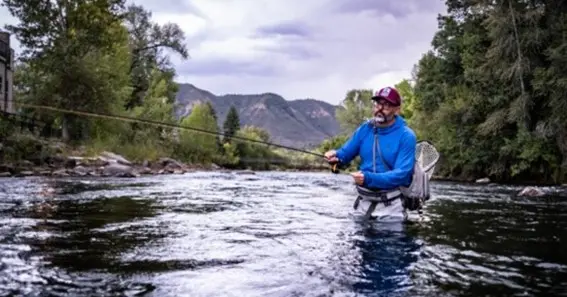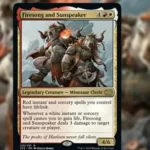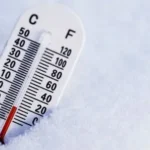The Essentials: Hook, Line, and Sinker
1. The Hook
The hook is arguably the most critical component in fly fishing. It comes in various sizes and shapes, each tailored to the specific type of fish you aim to catch. Fly fishing hooks are typically lighter and smaller than those used in other fishing styles. The choice of hook is also influenced by the type of fly being used, whether it’s a dry fly that floats on the water’s surface or a nymph designed to sink and mimic underwater insects.
2. The Line
The fly line is another vital piece of gear that can dramatically impact your fishing success. In fly fishing, the line is weighted to cast the almost weightless fly. Different types of lines—like floating, sinking, and combination lines—are used based on water conditions and fishing goals. For example, a sinking fly line is ideal for deeper waters, allowing you to reach fish hiding below the surface.
3. The Sinker
While many fly fishers focus solely on hooks and lines, sinkers or weighted nymphs play a significant role in certain conditions. These small weights help the fly sink faster, mimicking the natural movement of underwater prey. Sinker weights are particularly useful when targeting fish in deep pools or fast-moving streams.
Tips for Choosing the Right Equipment
- Match the Hook to the Fly: Ensure the hook size aligns with the fly type to achieve the best presentation and increase the chances of a catch.
- Select the Appropriate Line: Use a floating line for surface fishing and a sinking line for deeper waters. In some cases, a combination line with a sinking tip can offer flexibility.
- Consider Conditions: Adjust the weight of your sinker based on water depth and current speed. Heavier sinkers are suitable for fast currents, while lighter ones work well in calmer waters.
FAQ
1. What does “hook, line, and sinker” mean in fly fishing?
In fly fishing, these terms refer to the fundamental equipment needed: the hook (for catching fish), the line (for casting the fly), and the sinker (for adjusting the depth of the fly).
2. How do I choose the right hook for fly fishing?
The choice of hook depends on the size of the fish and the type of fly. Dry flies often require smaller, lighter hooks, while nymphs may use heavier hooks to sink effectively.
3. What is the difference between floating and sinking fly lines?
A floating line stays on the water’s surface, ideal for dry flies. A sinking line submerges, making it suitable for nymphs or streamers targeting fish in deeper waters.
4. Do I need a sinker for fly fishing?
Sinkers are optional and depend on the fishing scenario. They are useful when you need your fly to reach deeper levels quickly, especially in faster waters.
5. Can I mix floating and sinking lines?
Yes, you can use a combination fly line, where part of the line floats and the tip sinks, allowing for versatile fishing techniques.
Understanding the interplay between hook, line, and sinker fly techniques can greatly enhance your fly fishing success. By choosing the right gear and mastering each element, you can adapt to various fishing conditions and maximize your chances of a great catch.










